
10-year high gas prices1 have prompted a resurgence in coal-fired power across Britain – and with it a 15% increase in carbon emissions from electricity generation.
If coal-fired electricity remains cheaper than gas-fired (as analysts predict), we could see the first year-on-year rise in carbon emissions from Britain’s power sector in six years. This highlights the importance of retaining a strong carbon price if we are to ensure the successful decarbonisation of the power system is not reversed.
After dropping to a historic low of just 0.2 GW during June and July, Britain’s coal power generation doubled in August, and has shot up to 2 GW during the first week of September. The last time coal output was this high was during the Beast from the East, when temperatures plummeted in March.
With these coal power stations running instead of more efficient gas plants, Britain is producing an extra 1,000 tonnes of carbon dioxide (CO2) every hour.2 Carbon emissions from electricity generation are up 15% as a result. These coal plants are not running solely because they are needed to meet peak demand, but because gas prices have risen sharply and carbon prices have not kept up, making coal power stations more economic to run than gas-fired ones.
It became cheaper to generate power from coal than from gas (see thick lines, chart below) in late August. Even though carbon prices now double the cost of generating electricity from coal,3 coal plants are consistently “in the money” at the moment, meaning they can generate power profitably all day and night.

Estimated cost of generating electricity from coal and gas in Quarter 3 (thick lines), and the output from coal power stations in Britain (thin line)
The cost of emitting CO2 has increased sharply, up 45% so far this year due to the ongoing rally in European Emissions Trading Scheme (EU ETS) prices. Rising carbon prices should make gas more economical to burn as it emits less than half the CO2 of coal.
However, wholesale gas prices have also risen 40% since the start of the year, as supplies and storage are squeezed in the run up to winter. Gas prices are at a ten-year high, currently 14% above their previous quarterly-average peak back in 2013 (see chart below). These rising costs are feeding through into wholesale power prices, which have risen by a third over the past year to hit £60/MWh.
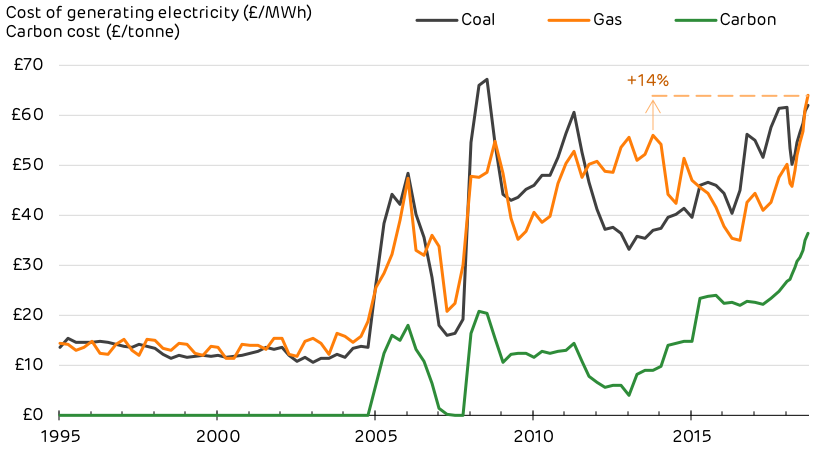
The estimated cost of generating electricity from fossil fuels over the last 20 years, along with the cost of emitting CO2.
Britain’s carbon price strengthened dramatically through 2014–15 due to the government implementing a Carbon Price Support scheme. This caused gas to become competitive against coal for power generation, leading to carbon emissions from the power sector halving. Unless Britain’s carbon price can once again make up the gap between coal and gas prices, we risk rolling back some of the world-leading gains made on cleaning up our electricity system.
The Committee on Climate Change has made it clear that power is the only sector that is pulling its weight when it comes to decarbonising the UK. Clean electricity could power low-carbon vehicles and heating, but this opportunity will be wasted if the electricity comes from high-carbon coal.
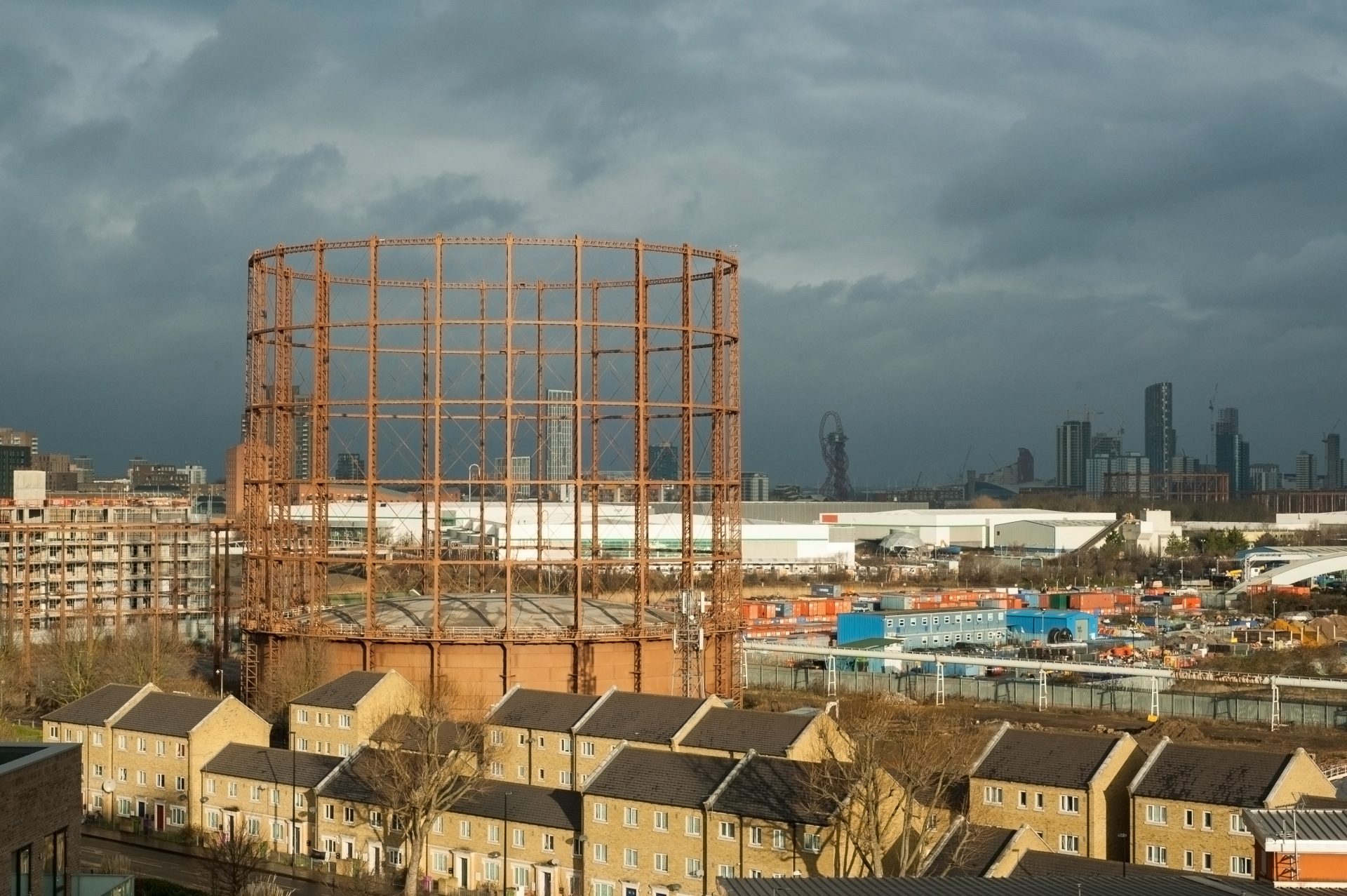
So what can be done? The sharp rise in gas prices hints at a lack of flexibility in the energy system. Britain came uncomfortably close to gas shortages in March, in part due to the closure of the country’s largest gas storage site. With nearly half of the electricity generated in Britain coming from gas, plus five-sixths of household heat, diversifying into other – cleaner – energy sources would help insulate consumers and businesses from price spikes.
No one country has the power to determine international fuel prices. Several factors have come together to push up gas prices, including a lack of transmission capacity, depleted stores of gas after the long hot summer and a lack of wind power increased output from gas-fired stations. Suppliers which don’t wish to be caught short after the Beast from the East, are also stocking up on gas.
Any knee-jerk reaction to try and lower the cost of electricity (for example, slashing the cost of carbon emissions) may only have a short-term impact, and could easily lead to longer-term damage (such as the resurgence of coal) which would require further interventions in the future.
Britain does have control over its carbon price. Its power stations and industry currently pay the Emissions Trading System price (determined on the Europe-wide market) which has fluctuated wildly over the past week between €25 (£22) and €19 (£17) per tonne, plus £18 per tonne in Carbon Price Support which goes to the Treasury. This needs to be maintained or strengthened further to save the power system from backsliding, and to show strong climate leadership on the international stage.
Explore this data live on the Electric Insights website
View Drax Power CEO Andy Koss’ comment
Commissioned by Drax, Electric Insights is produced independently by a team of academics from Imperial College London, led by Dr Iain Staffell and facilitated by the College’s consultancy company – Imperial Consultants.
[1] The three-month average cost of generating electricity from gas exceeded £60/MWh for the first time since 2009. Short-term price spikes have been higher than this, such as the first week of March during the Beast from the East.↩
[2] Extra generation from coal reduces the output from gas plants, which are their main competitors, as nuclear, wind and solar already run as much as possible. Calculation based on 1934 MW of coal generation (the average during the first week of September) emitting 937 gCO2 per kWh (1812 tonnes per hour) instead of gas generation which would have emitted 394 gCO2 per kWh (762 tonnes per hour).↩
[3] The coal that must be burnt to produce 1 MWh of electricity now costs around £31, and the CO2 pollution costs an extra £31 on top. For comparison, producing 1 MWh of electricity from gas costs £50 for the fuel and £15 for the CO2.↩







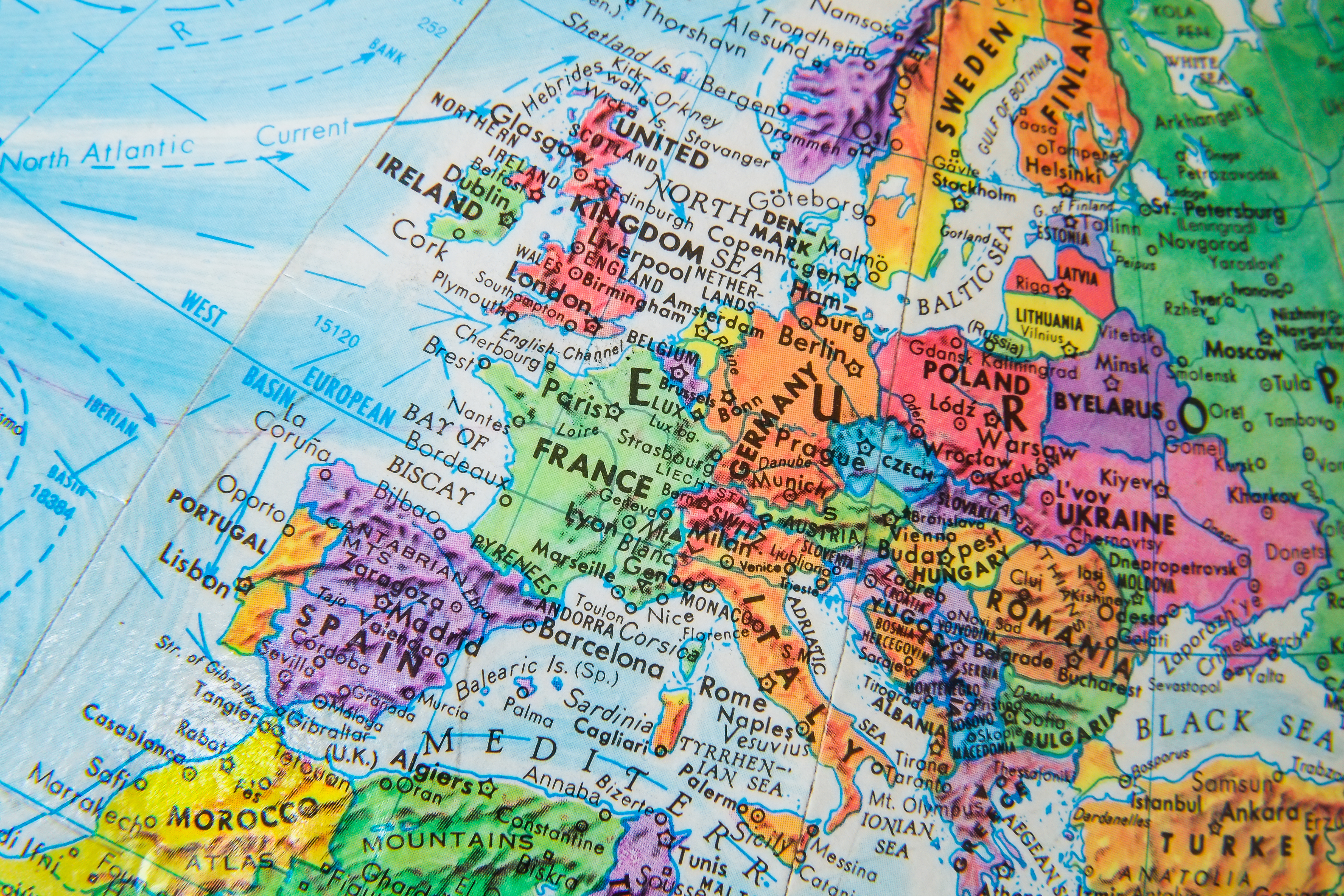

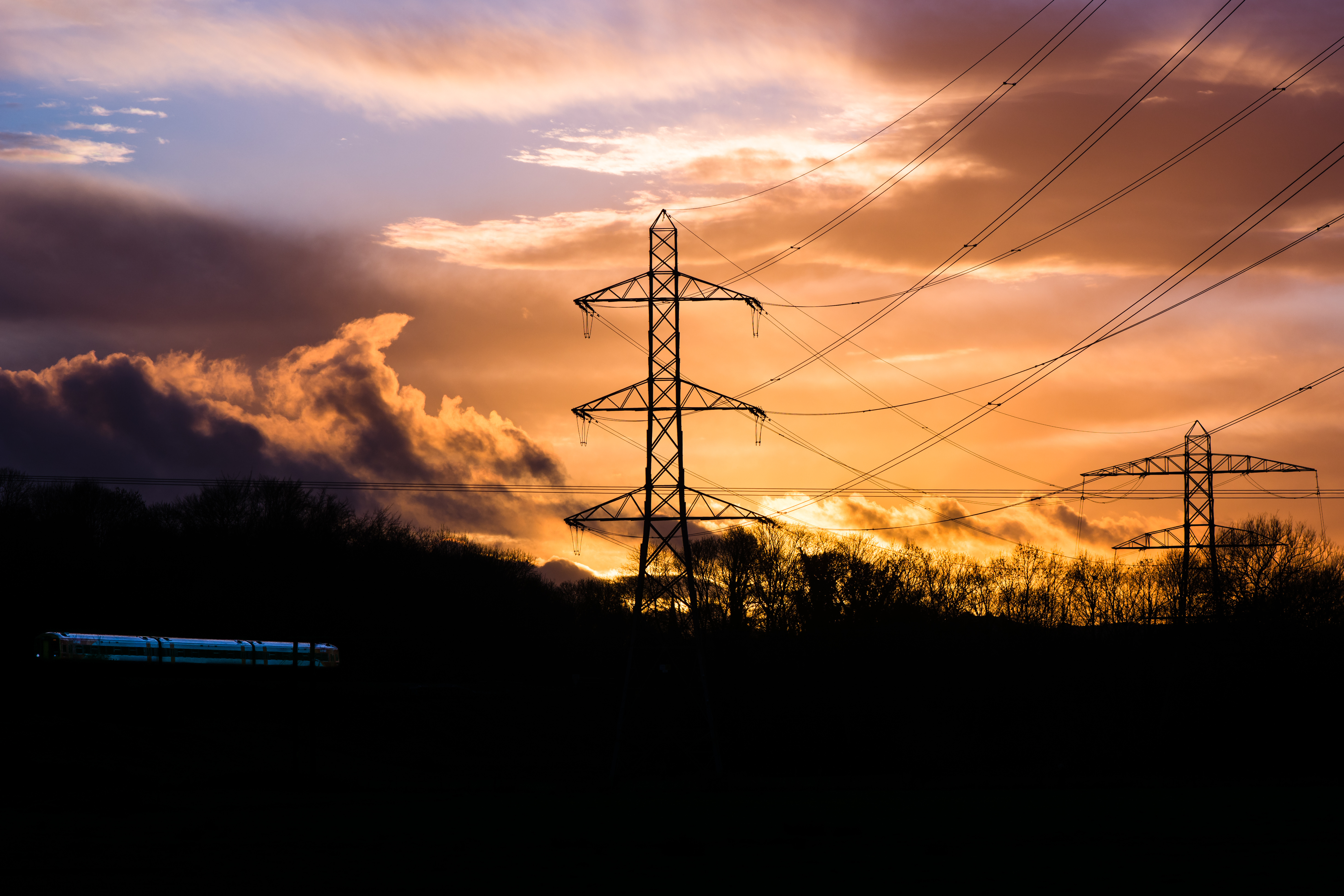




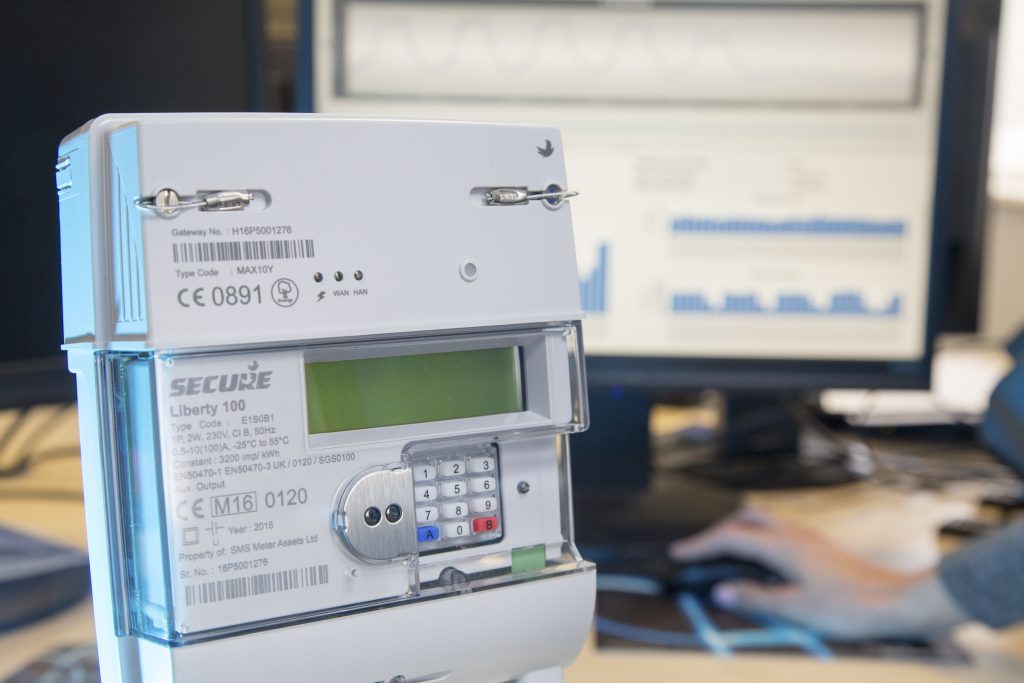

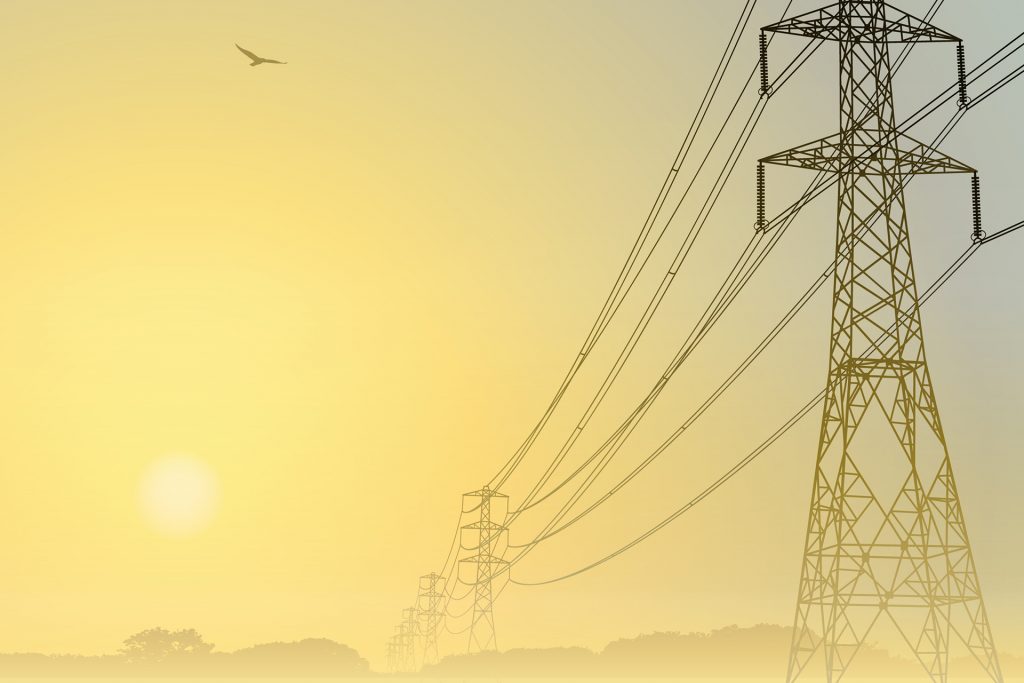 The effect on the bottom line
The effect on the bottom line